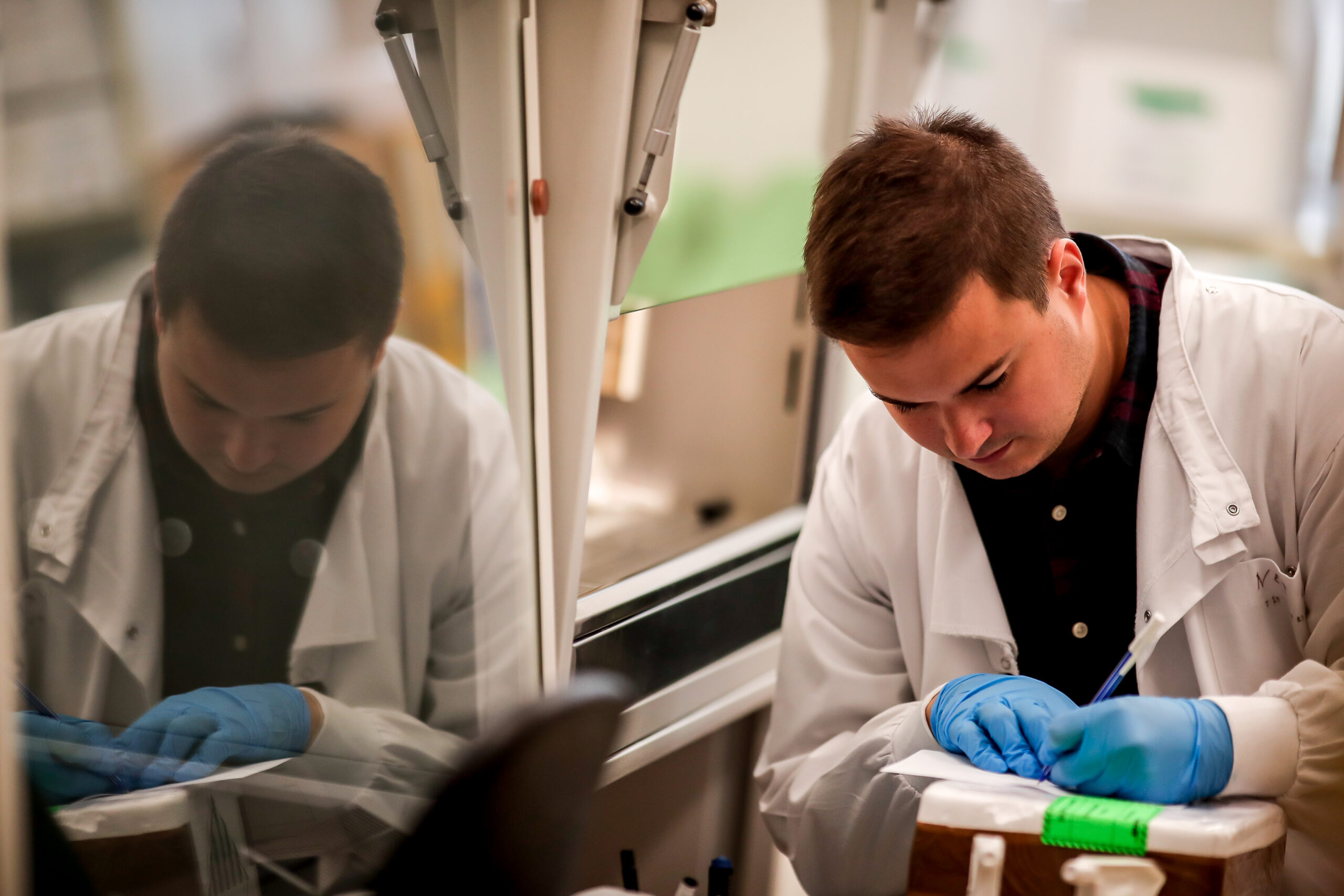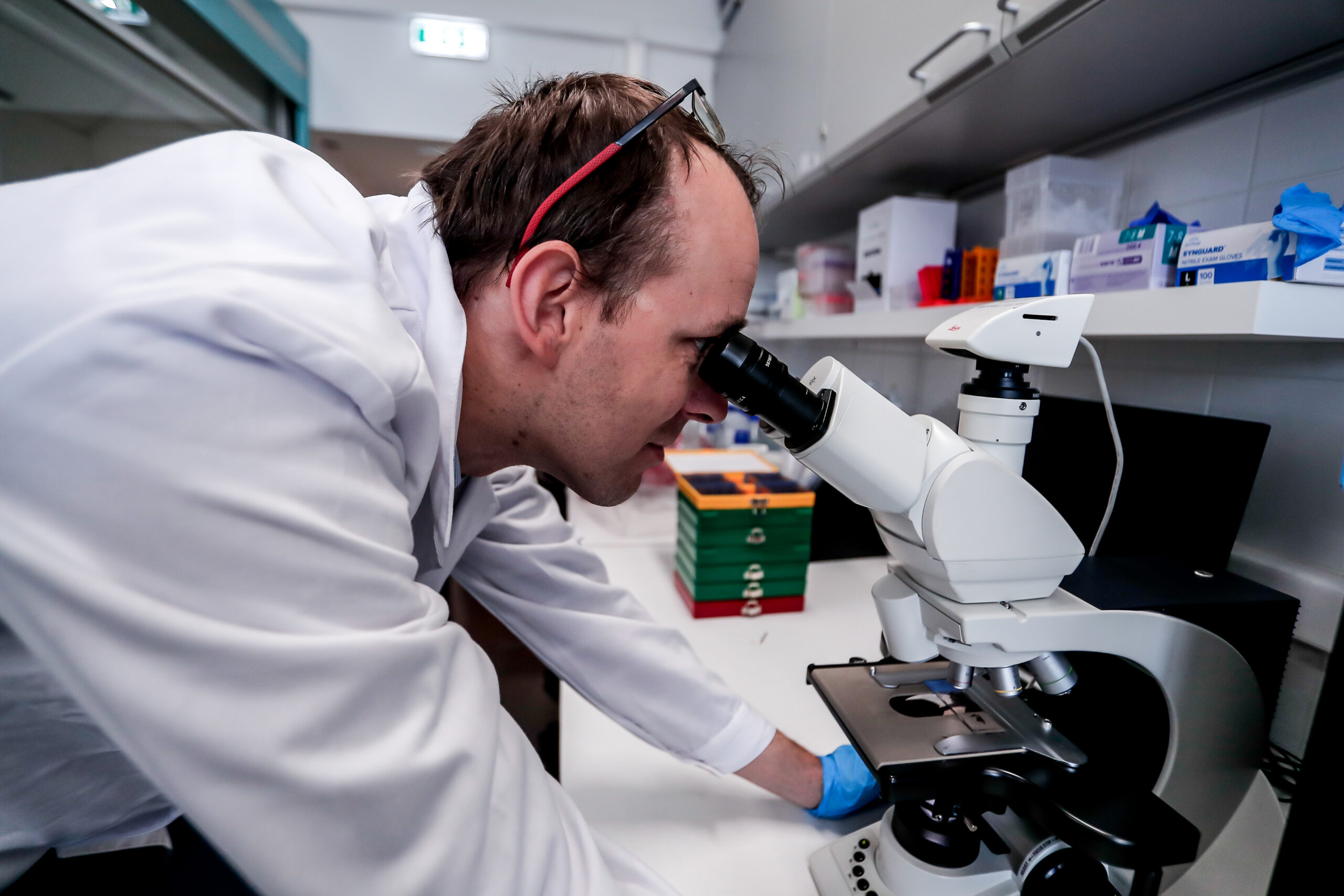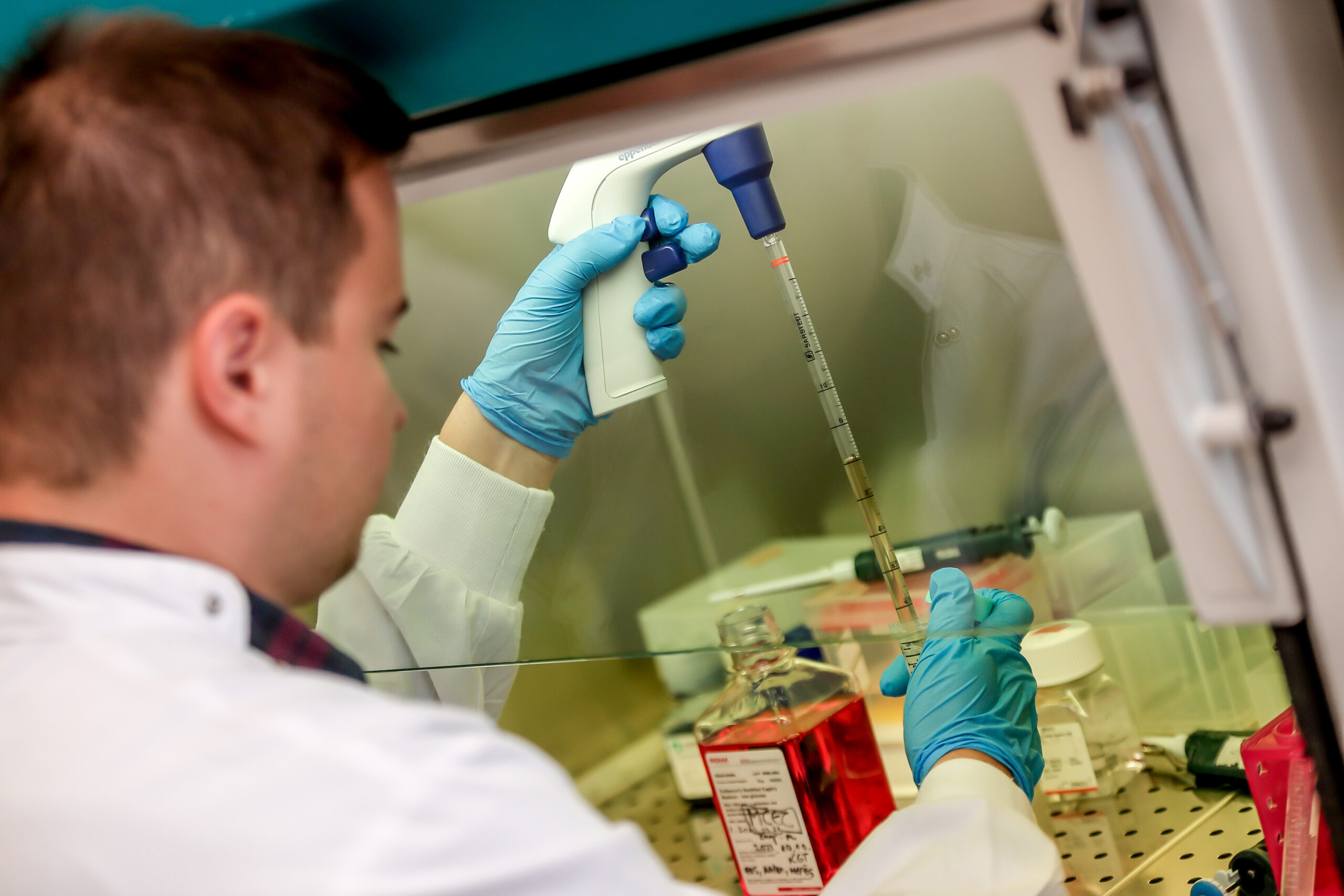| Grant: | FK-OTKA (FK 146163) |
| Amount of support: | 44.000.000 Ft |
| Duration: | 2024. 01. 01.-2027. 12. 31. |
| Principal investigator: | Mórotz Gábor, Phd |
Summary
Our research aims to better understand the pathological mechanisms behind heart attack. A key focus of our work is to identify new therapeutic targets and develop new therapeutic approaches to treat these health problems. Heart attack is the leading cause of death worldwide. Although there are treatments that can reopen blocked arteries and restore blood flow to the heart, a paradoxical consequence of these interventions is that the re-flow of blood often damages the cells in the walls of small blood vessels, causing blockages in the microarteries in the heart. This blockage is also called microvascular obstruction. Extensive microvascular obstruction increases the risk of rehospitalization and further life-threatening events. One of the problems scientists face when designing treatments for microvascular obstruction is that this event is accompanied by impairment of several cellular function in the same time, so it is not clear which damaged function should be targeted therapeutically. Many of these defective processes are controlled by the communication between two cellular structures, namely mitochondria and the endoplasmic reticulum (ER). Our research focuses on the details of pathological changes in the relationship between these two cellular organelles.
Participating leading researchers, collaboration partners, universities, companies
Dr. Zsuzsanna Darula, HCEMM, HUN-REN Biological Research Centre, Proteomics Laboratory
Dr. Ferhan Ayaydin, HCEMM, University of Szeged, Functional Cell Biology and Immunology Laboratory
Prof. Miklós Kellermayer, Dr. György Török, Semmelweis University, Institute of Biophysics and Radiation Biology
Dr. Tamás Visnovitz, Semmelweis University, Institute of Genetics, Cell and Immunobiology
Applied methods and tools
We apply advanced cell- and molecular biological methods to our research, thus we use various molecular cloning methods, cell line cultivation, protein isolation and separation, and detection of protein-protein interactions. We complement our cellular studies with a variety of fluorescent histological examination methods. We also use the most advanced super-resolution and electron microscopic imaging techniques to follow changes in our samples in the size range of a few tens of nanometers. We develop our own computer programs for the analysis of microscopic images.
Pictures
Mission and benefits
Our goal is to contribute to reducing the risk of heart failure and rehospitalization in patients affected by myocardial infarction, which is considered the leading disease world-wide. Correcting the cellular and molecular processes we investigate represents a new therapeutic target for these patients, which can positively affect many functions that have been damaged during myocardial infarction. In this way, unravelling the underlying pathological mechanisms may pave the way for much-needed new, innovative therapeutic approaches.


